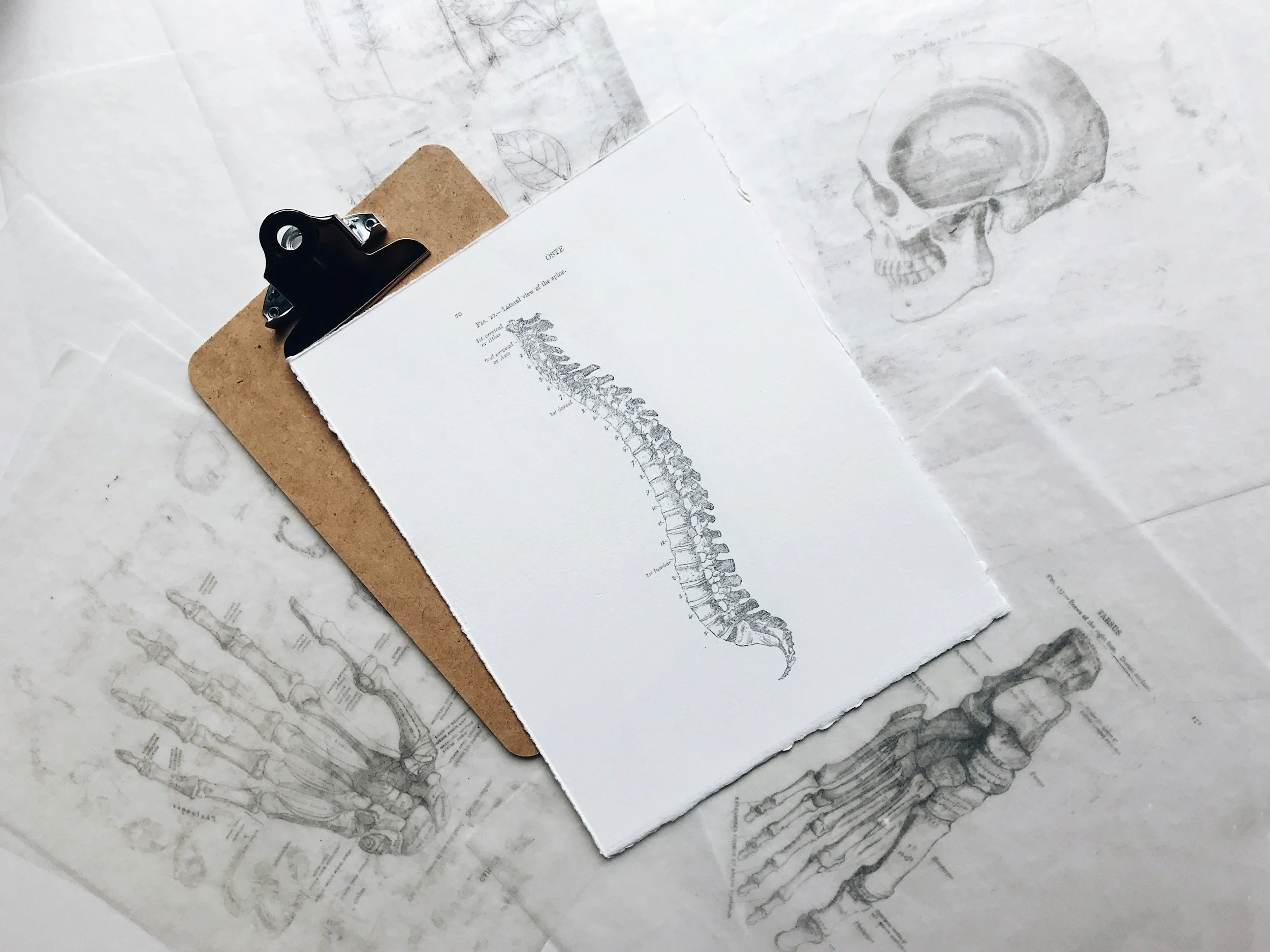Is Strength Training Bad for Your Joints? Nope. It's Exactly What They Need.
There’s a myth out there—maybe you’ve heard it. It goes something like this: “Lifting weights is bad for your joints. You should stick to something safe, like jogging.”
Let’s clear that up right now: strength training, when done properly, is not only safe for your joints—it’s one of the best things you can do for them. In fact, if joint health is your concern, pounding pavement day after day without a foundation of strength might be doing you more harm than good.
Your Joints Don’t Want Rest—They Want Strength
Joints are supported by muscle. When your muscles are weak or imbalanced, your joints take on more stress than they should. Over time, that stress leads to pain, inflammation, and injury.
Proper strength training reinforces the structures around your joints—the muscles, tendons, and ligaments that are responsible for stability and shock absorption. It’s not just about getting stronger—it’s about becoming more durable.
The Research is Clear
A 2014 study published in The Journal of Rheumatology found that strength training significantly reduced joint pain and improved function in patients with knee osteoarthritis (Vincent et al., 2014).
Another study in Arthritis & Rheumatology (2015) showed that progressive strength training improved joint alignment and cartilage health in middle-aged adults with early joint degeneration (Lange et al., 2015).
Research in Journal of Sports Science & Medicine (2017) concluded that well-structured strength training programs not only reduce joint pain but also improve balance and proprioception, reducing the risk of falls and long-term joint deterioration (Gao et al., 2017).
Translation? Lifting weights doesn’t wreck your joints—it protects them.
So What About Running?
Endurance sports like jogging have their place. They improve cardiovascular health, boost mood, and build aerobic capacity. But they don’t do much for the stability of your joints. In fact, without a foundation of strength, repetitive impact from running can lead to overuse injuries.
A study in Clinical Journal of Sport Medicine (2013) found that runners who didn’t engage in regular strength training had higher rates of injury, particularly in the knees and hips (Lauersen et al., 2013).
Running isn’t bad—it’s just not enough. If you enjoy it, keep doing it. But pair it with strength training to bulletproof your body.
Strength Training Done Right
Now, to be clear, strength training has to be done properly. That means:
Using full range of motion to train the joint through its natural movement pattern
Prioritizing form over ego—lift what you can control
Balancing your program so that you strengthen both the major movers and the stabilizers
Progressing gradually to give your body time to adapt
This isn’t about throwing weights around. It’s about building smart, resilient strength that keeps you moving well for decades.
The Real-World Benefits
I’ve seen clients who walked in with knee pain, shoulder issues, or chronic stiffness. After six months of structured strength training, they move better, feel stronger, and live with less pain. They’re not avoiding movement—they’re mastering it.
Your joints don’t need less movement. They need better movement.
Summary: Strength Training Builds Bulletproof Joints
If you’re worried about your joints, don’t run from strength training—run to it. Done right, it strengthens the muscles and connective tissue around your joints, making you more resilient to injury, more confident in your movement, and better equipped to enjoy life.
Cardio keeps your heart healthy. Strength training keeps your body capable. Together, they’re a powerhouse. But if you have to pick one for joint health?
Lift. Every time.





